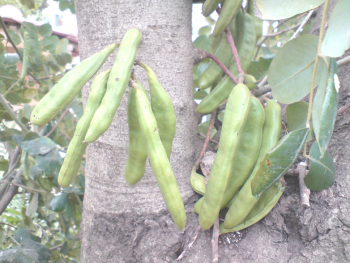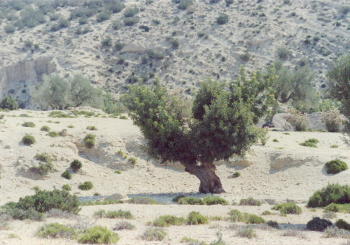Improvement of carob cultivation techniques
The carob tree cultivation is handicapped by the poor quality of the seedlings leaving the nursery due to the deterioration of the root system, and poor root quality is indeed a factor of failure when placing plants in the field. The objective of this work is to study the effect of root excision to address the problem of the pivotal nature of the root system and mycorrhization to improve the physiological quality of plants at the nursery stage and increase their chance of success in planting.


